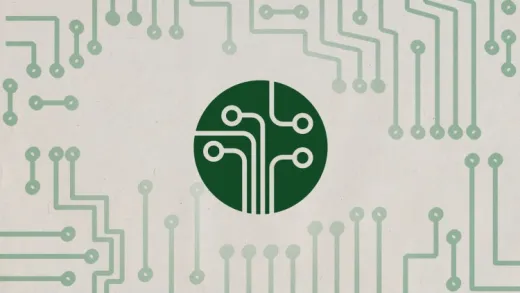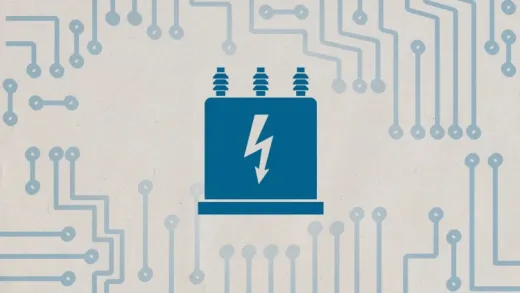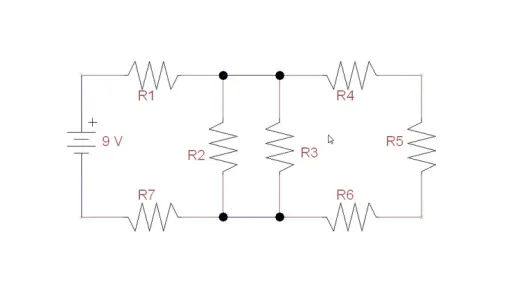Brief Summary
This course wraps up an awesome 8-week journey into DC electronics, focusing on series-parallel circuits. You’ll learn to use Ohm's Law and Kirchhoff's Laws to solve real circuit problems. It’s all about making electronics simple and fun!
Key Points
-
Understanding series-parallel resistor circuits
-
Using Ohm's Law effectively
-
Applying Kirchhoff's Voltage and Current Laws
-
Practice with voltage and current divider formulas
-
Characteristics of resistive circuits: voltage, current, resistance
Learning Outcomes
-
Identify the right laws for circuit problems
-
Solve complex series-parallel circuits
-
Calculate voltage, current, and resistance accurately
-
Use the voltage and current divider formulas
-
Master the fundamental concepts of electronics
About This Course
How to use Ohm's Law, Kirchhoff's Voltage and Current Laws, to solve series-parallel resistor circuit problems.
This course is Week 8 of an 8 week series that teaches electronics to professionals, students and hobbyists desiring to know how electronic circuits work. This first 8 weeks has the name "DC Electronics" in most college electronics degree programs because it teaches the following concepts about electronics:
- The atomic structure of conductors, insulators and semiconductors
- The definition of the major characteristics of electronics: Resistance, Current, Voltage and Power
- The use of Ohm's Law, Kirchhoff's Voltage and Current Laws, the Voltage Divider and Current Divider Formulas and how to apply them to basic resistive circuits.
- Practice solving series resistive circuits, parallel resistive circuits, and the topic for this week's class: solving series-parallel resistive circuits.
The class is presented primarily as a PowerPoint presentation with instruction by your teacher.
Quizzes are presented at the end of each section of the course to test your knowledge and comprehension of the material presented in that section.
Determine which electronics principle of Ohm's Law, Kirchhoff's Voltage Law and Kirchhoff's Current Law apply to a given resistive circuit problem.
Solve circuit problems using the voltage divider formula and the current divider formula.
Correctly solve for all of the characteristics (voltage, current and resistance) in a series-parrallel resistor circuit.









Bianca A. G.
I learned so much about series and parallel circuits. Now, I know how to do it. Some of the quizzes were a learning experience But I have a great time with them. I couldn't figure out of the 333MA of the current on the quiz. I wonder if he can't show me.